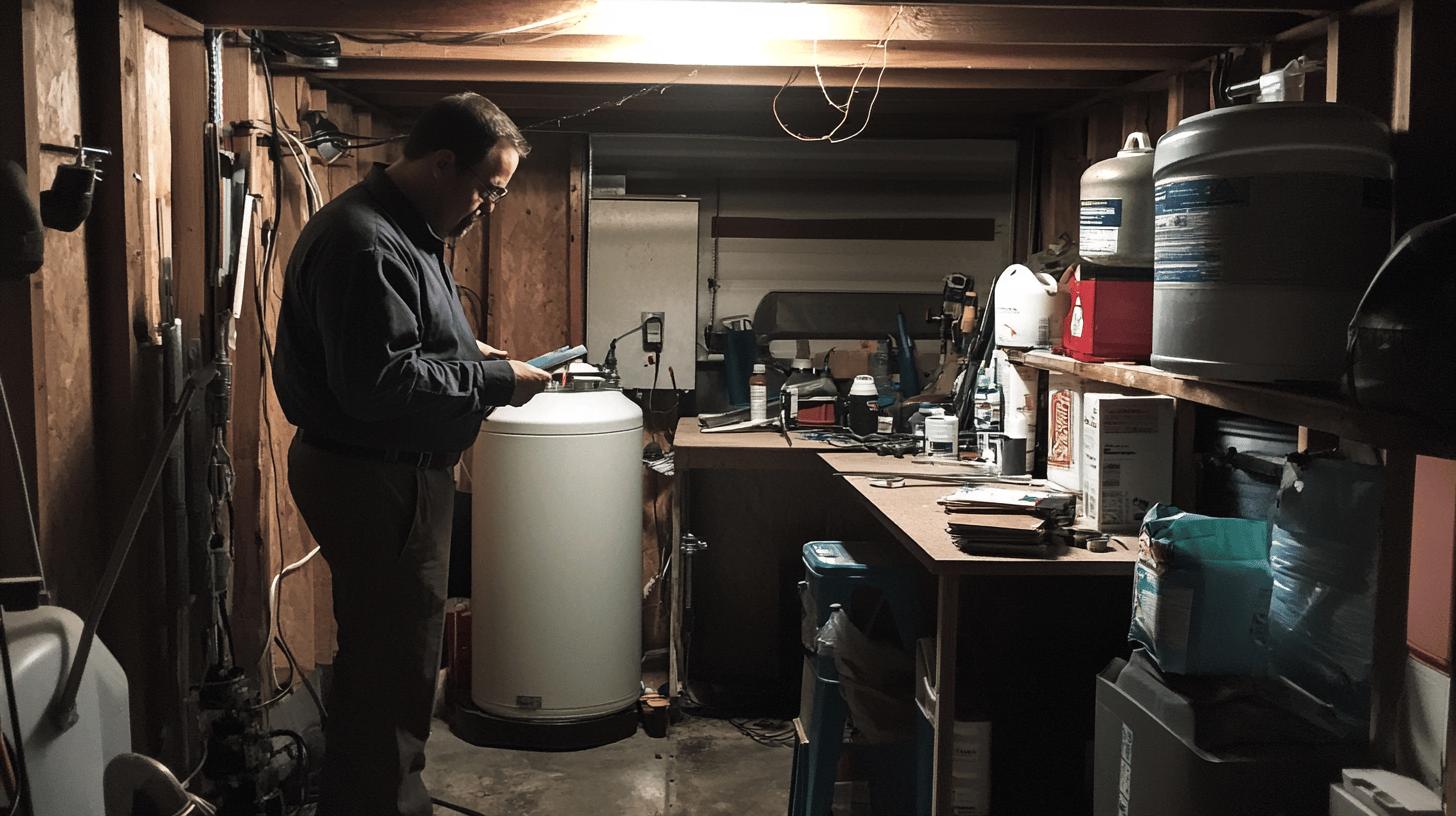TL;DR:
- Routine Maintenance Tasks: Check salt levels, eliminate salt bridges, use high-quality salt, clean brine tank annually, and inspect valves regularly.
- Common Issues: Blockages, salt bridges, resin bead malfunction, motor failure.
- DIY Solutions: Break salt bridges, use resin cleaner, check motor connections.
- Brine Tank Care: Regularly clean, check for clumps, maintain proper water levels, use quality salt.
- Lifespan Factors: Poor installation, irregular maintenance can reduce lifespan (10-20 years).
- Extending Lifespan: Regular inspections, using quality parts, avoiding clogs, timely repairs.
- When to Call a Pro: Major repairs, upgrades, persistent issues. Professional help ensures efficiency and prevents costly repairs.
Is your water softener working properly, or are you risking expensive repairs by ignoring its maintenance? Taking care of your water softener is just as important as changing the oil in your car. If you skip this, it can lead to problems and inefficiency. Following a maintenance checklist helps your system run well and last longer. In this article, we’ll go over the key maintenance tasks you need to keep your water softener in great shape and avoid common issues. Keep reading to find out how easy maintenance can save you time and money later!
Routine Maintenance Tasks for Water Softener Systems
Keeping up with your water softener maintenance is essential for avoiding breakdowns and keeping it efficient. If you neglect this, you might run into problems like salt bridges, blockages, or using the wrong type of salt, which can mess up the ion exchange process and cause hard water issues. It’s important to check the system regularly to make sure the brine tank is working, the resin is still effective, and the venturi valve is clear of any blockages. Cleaning the system thoroughly once or twice every five years is usually enough, but if you notice harder water or discoloration, you should check it more often.
Regular maintenance tasks include:
- Checking Salt Levels: Ensure the brine tank contains enough salt for water softening.
- Eliminating Salt Bridges: Break up any crusty salt build-ups that could interfere with brine formation.
- Using Correct Salt: Opt for high-quality salt designed for water softeners to avoid impurities that can clog the system.
- Cleaning Tanks: Annually clean the brine tank to prevent salt clumps and sludge buildup.
- Inspecting Valves: Regularly inspect valves for wear or malfunction to prevent leaks or inefficiencies.
By keeping up with these regular maintenance tasks, you can help your water softener last longer and avoid expensive repairs. Consistent upkeep means you’ll have a steady supply of soft water, which keeps your appliances running efficiently. This not only saves you money but also helps your appliances last longer.
Troubleshooting Common Water Softener Issues

Spotting issues in your water softener early can prevent small problems from turning into big headaches. Common issues include blockages, salt bridges, resin bead malfunctions, and motor failures. Sometimes, user errors from incorrect settings can mess things up too. Keep an eye out for changes in water quality, weird noises, or error messages from smart systems; these can all signal a problem.
For many typical water softener issues, you can try some DIY fixes. Cleaning the brine tank and breaking up salt build-ups can often resolve blockages and salt bridges. If the resin beads aren’t working right, using a resin cleaner can help restore their effectiveness. For motor problems, check that all connections are secure and that the settings are correct. Just make sure to follow the manufacturer’s guidelines for any adjustments or cleaning.
| Problem | DIY Solution | When to Call a Pro |
|————————–|——————————————————–|———————————-|
| Salt Bridges | Break up salt crusts manually with a stick | If the issue persists frequently |
| Resin Bead Malfunction | Use a resin cleaner | If resin replacement is needed |
| Motor Failure | Check connections and settings | If the motor doesn’t start/function |
Sometimes, you’ll need to call in the pros. If your DIY fixes aren’t working or if you keep running into the same problems, it’s time to reach out to a reliable plumbing service. Professional plumbers have the skills and tools to handle complex repairs, making sure your water softener system runs at its best.
Brine Tank Care and Salt Management
Salt is essential for softening water because it helps with the ion exchange that removes hard minerals. Keeping the brine tank in good shape is key to making sure this process works well, so your plumbing doesn’t suffer from hard water issues. You need to check and manage salt levels regularly to keep things running efficiently. If you neglect this, you could face problems like clogs, low water pressure, and ineffective resin regeneration.
Here are four key tips for effective brine tank care:
- Regular Cleaning: Clean the brine tank at least once a year to prevent salt clumps or sludge buildup.
- Check for Salt Clumps: Break up clumps to avoid interference with brine solution flow.
- Ensure Proper Water Levels: Maintain correct water levels for efficient salt dissolution and regeneration.
- Use Quality Salt: Choose high-quality salt designed for water softeners to avoid system-clogging impurities.
Keeping the right salt levels is super important for your water softener to work well. It makes sure the resin beads get recharged properly. By regularly checking and managing the brine tank, you can boost your water softener’s efficiency and lifespan, so you always have soft water flowing.
Extending the Lifespan of Your Water Softener
What can cut down the lifespan of a water softener? Things like bad installation, skipping maintenance, and using the wrong settings can really shorten its life, which usually lasts about 10 to 20 years. It’s important to keep an eye on its performance, especially after the five-year mark, to make sure it runs efficiently. Regular tasks like changing the salt and cleaning help prevent problems that could lead to early breakdowns. On the flip side, proper installation, steady maintenance, and using quality parts can make your system last longer. Keeping it clear of blockages and maintaining the right settings also plays a big role.
To extend your water softener’s lifespan, consider these strategies:
- Regular Inspections: Conduct annual checks to identify and fix potential issues early.
- Using Quality Parts: Invest in high-quality components for reliable performance and less wear and tear.
- Avoiding Clogs: Clean tanks and lines regularly to prevent blockages that strain the system.
- Maintaining Correct Settings: Adjust settings as needed for efficiency and to prevent overuse.
- Timely Repairs: Address malfunctions promptly to avoid exacerbating problems and causing more damage.
Getting professional inspections can help avoid early breakdowns. Experienced plumbers can identify and fix problems that you might not notice, making sure your water softener works well for a long time. Regular check-ups from pros, along with your routine maintenance, give you peace of mind and help your system last longer.
When to Consult a Professional Plumber for Water Softener Maintenance
You can easily take care of basic tasks for your water softener, like checking salt levels and cleaning the brine tank. But when it comes to more complicated problems, DIY maintenance has its limits. Issues like motor malfunctions or tricky resin bead problems can be tough to diagnose without professional skills and tools. Trying to fix these on your own without the right training can lead to even more damage or make your system less effective.
- Major Repairs: If your water softener needs major repairs beyond basic cleaning or salt adjustments, it’s time to call a professional.
- System Upgrades: When considering upgrades for efficiency or capacity, professional input ensures compatibility and optimal performance.
- Persistent Unresolved Issues: If problems persist despite repeated DIY efforts, expert intervention is needed for effective diagnosis and resolution.
Getting professional maintenance has its perks, like expert knowledge and dependable service. A trusted plumbing company can keep your water softener running smoothly, which helps it last longer and avoids expensive repairs down the line. Their expertise doesn’t just fix current problems; it also helps spot potential issues before they become big headaches. This way, you get peace of mind and a steady supply of soft water.
Final Words
Keeping your water softener system in check is super important for making sure it works well and lasts a long time. Simple tasks like checking salt levels, clearing salt bridges, and cleaning the tanks can help you avoid breakdowns and save money. By handling minor problems and knowing when to call in a pro, you can tackle common issues effectively.
Regularly monitoring salt levels and taking care of the brine tank boost performance and extend your system’s lifespan. By following these maintenance tips, you’ll keep your water softener running smoothly and ensure your home has the quality water it needs. Stay on top of maintenance for long-lasting benefits!
FAQ
What maintenance is required for a water softener?
Regular maintenance includes checking the salt levels, eliminating salt bridges, using correct salt types, cleaning tanks, and inspecting valves. These tasks prevent system failures and ensure efficient water softening.
How often should I add salt to a water softener?
Salt should be added approximately once every 4-6 weeks, but this can vary based on water usage and softener model. Regularly check the salt levels to maintain optimal efficiency.
Can you shower when your water softener is regenerating?
It’s possible to shower during regeneration, though it may result in slightly higher hardness levels in the water temporarily.
How often should I change the resin in a water softener?
The resin in a water softener typically lasts between 10 to 15 years, but replacing it sooner may be necessary if performance declines.
What is the best maintenance schedule for a water softener system?
Regular maintenance tasks should be performed monthly, with more thorough inspections annually or biannually. This helps in catching small issues early and extending the system’s lifespan.
Is there a DIY method for water softener maintenance?
Yes, DIY maintenance includes tasks like adding salt, cleaning tanks, and inspecting valves. However, complex repairs should be handled by professionals.
How much does water softener maintenance cost?
Costs vary based on maintenance type and frequency. DIY tasks might cost little to nothing, while professional services may range from $100 to $300 annually.
Where can I find water softener maintenance services near me?
Searching online or contacting local plumbing companies can help you find water softener maintenance services in your area.
What is the best cleaner for a water softener?
Using resin bead cleaner specifically designed for water softeners helps maintain resin efficiency. Follow manufacturer recommendations for cleaner choice and usage.

